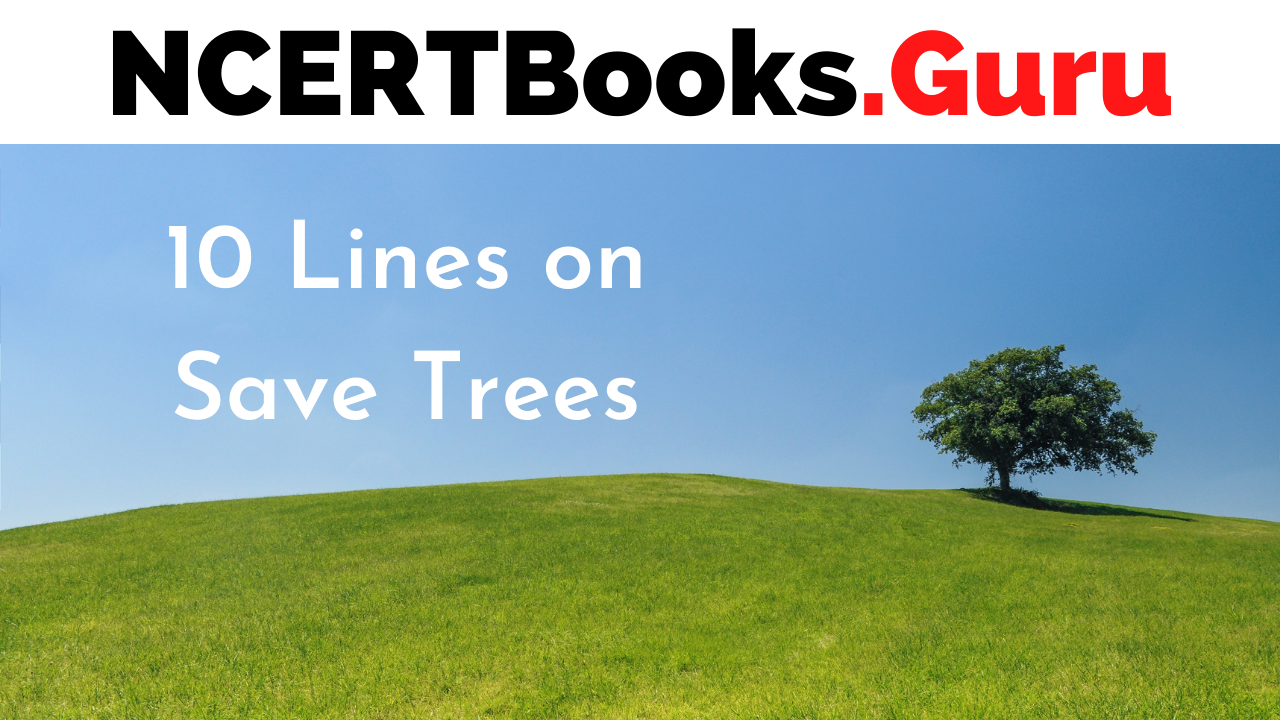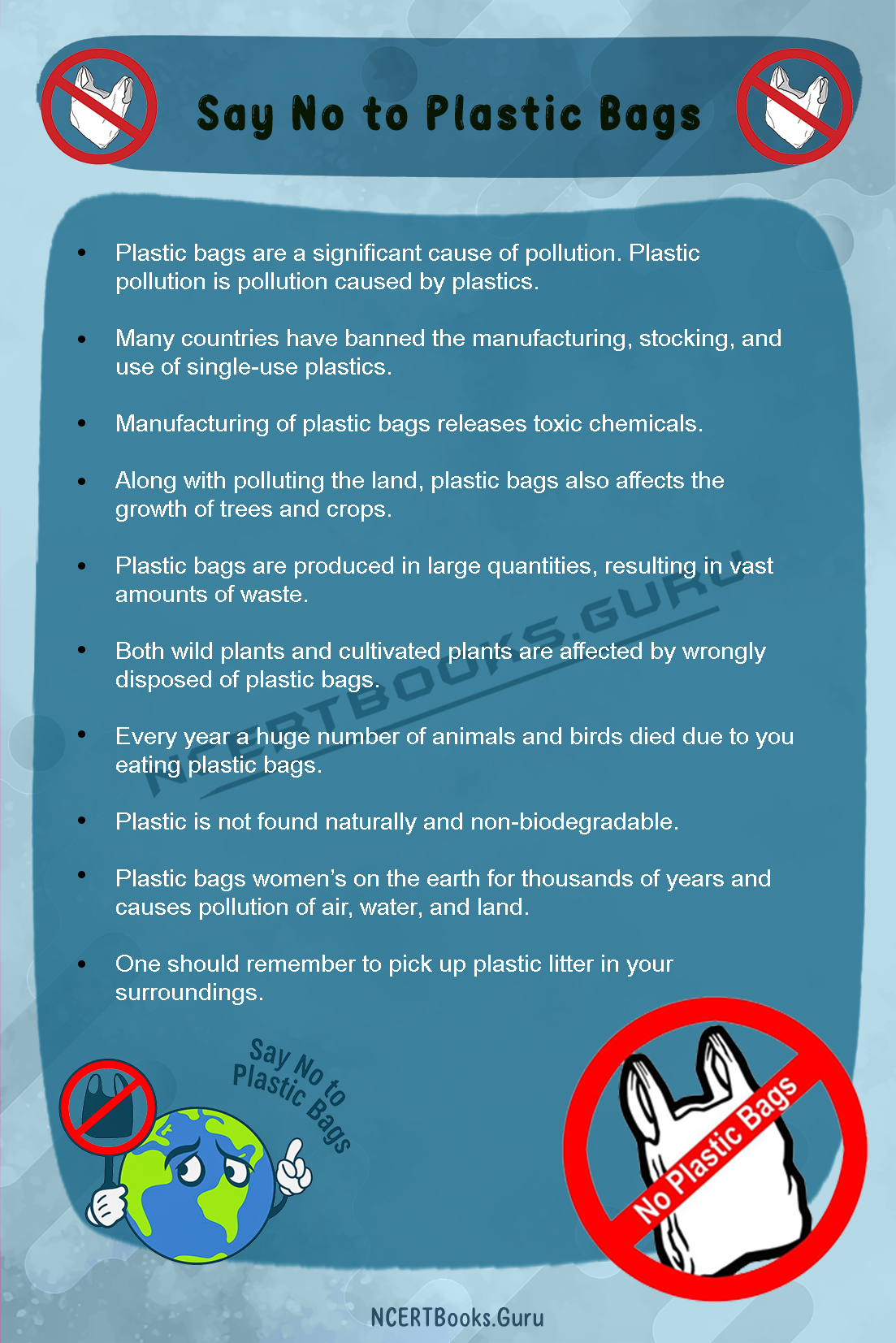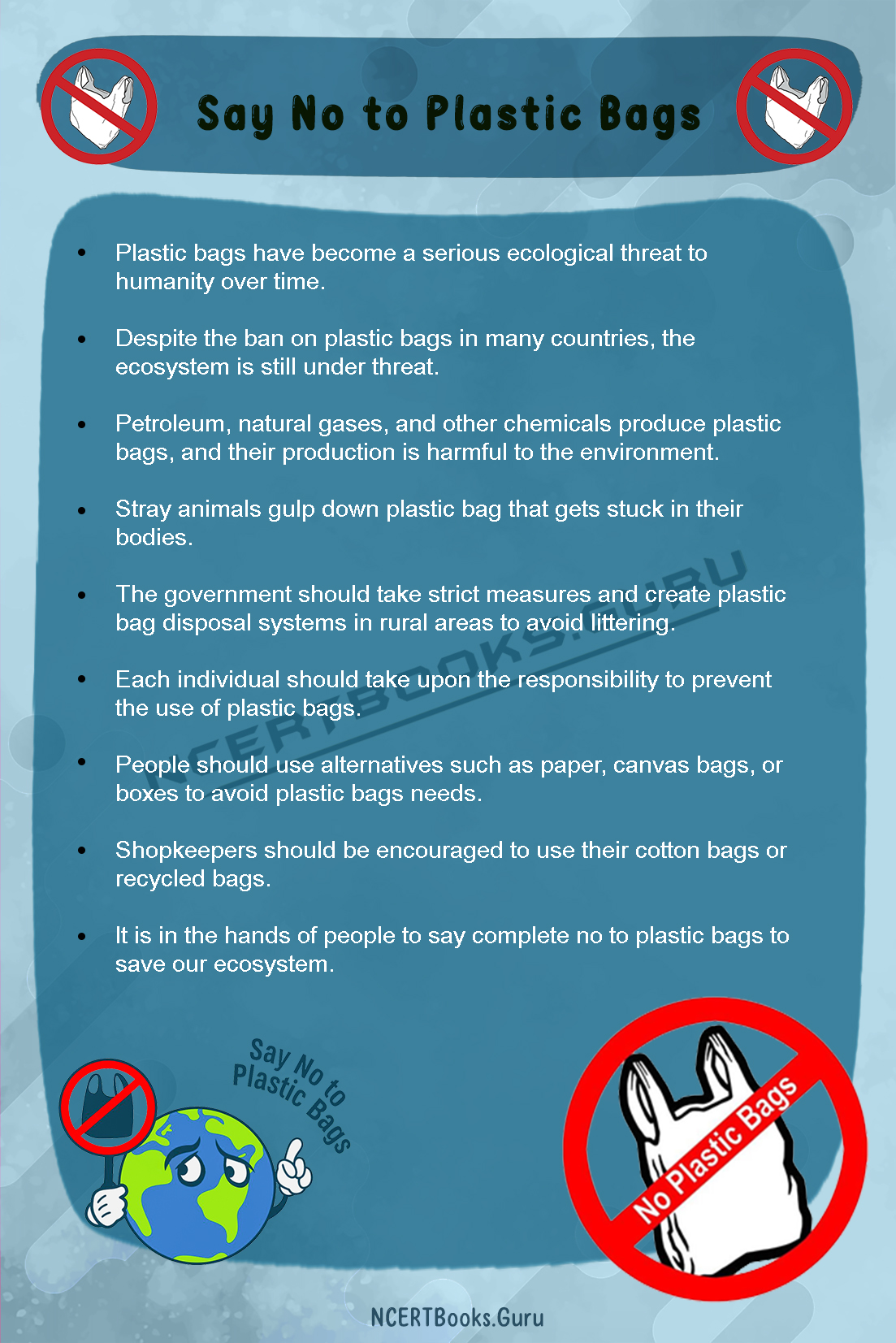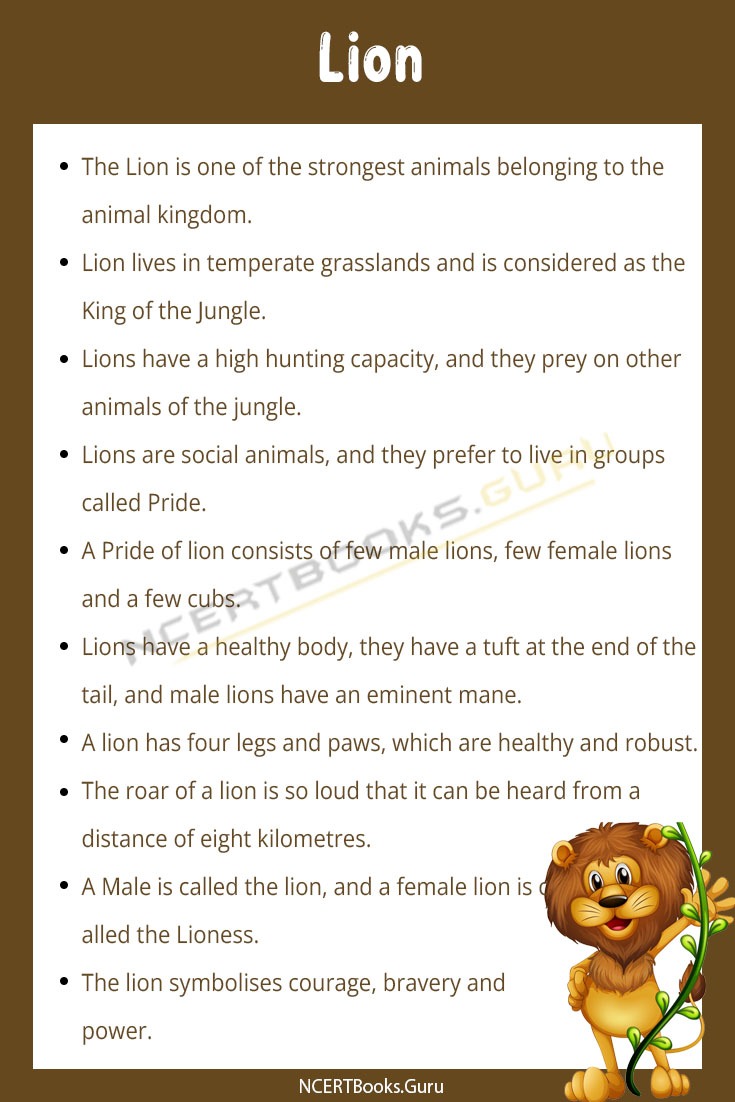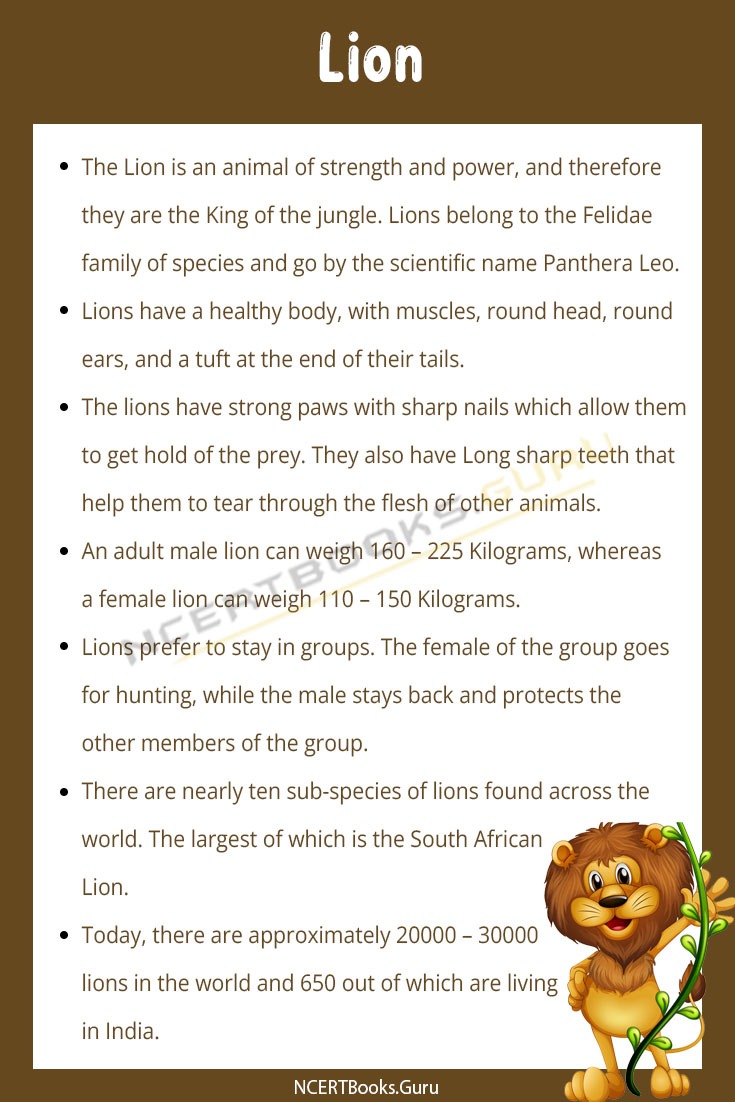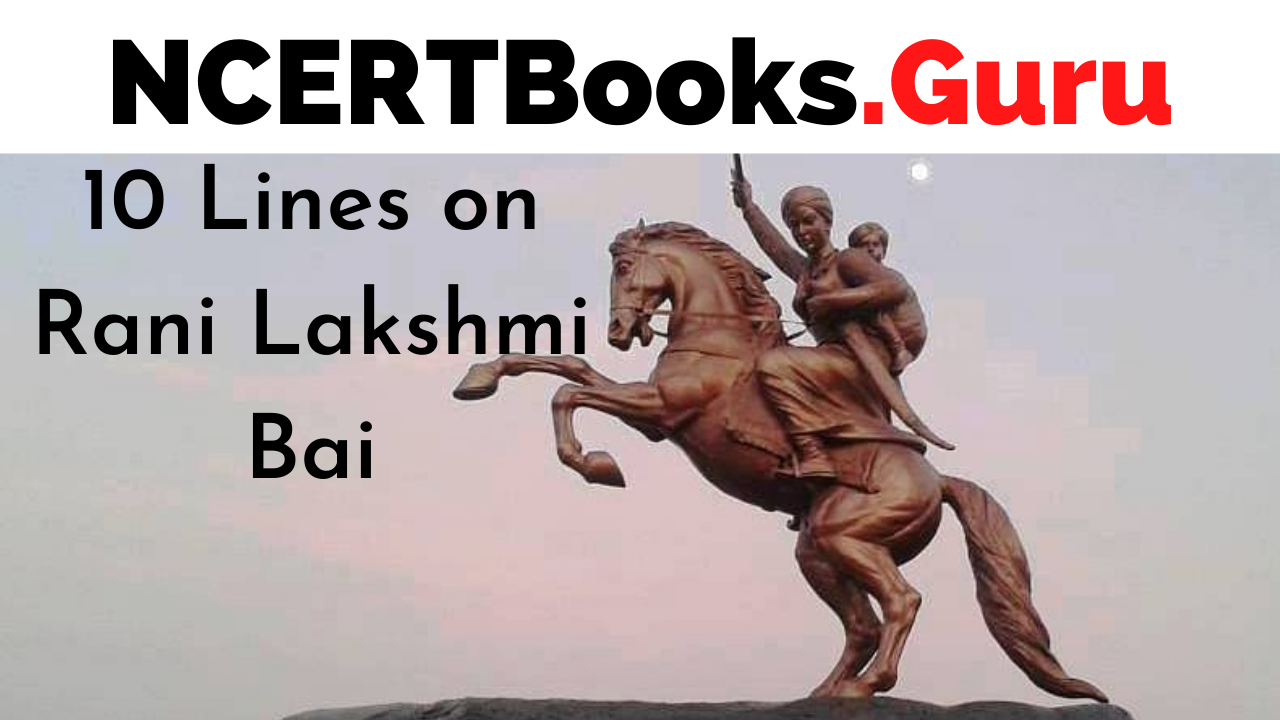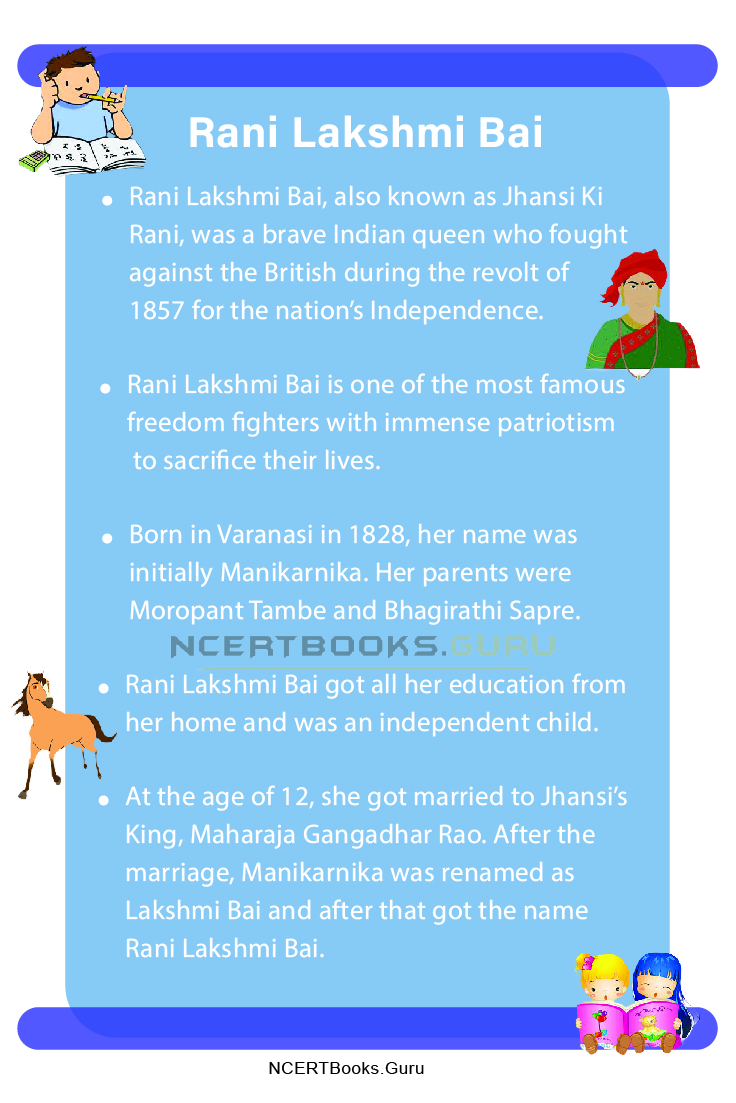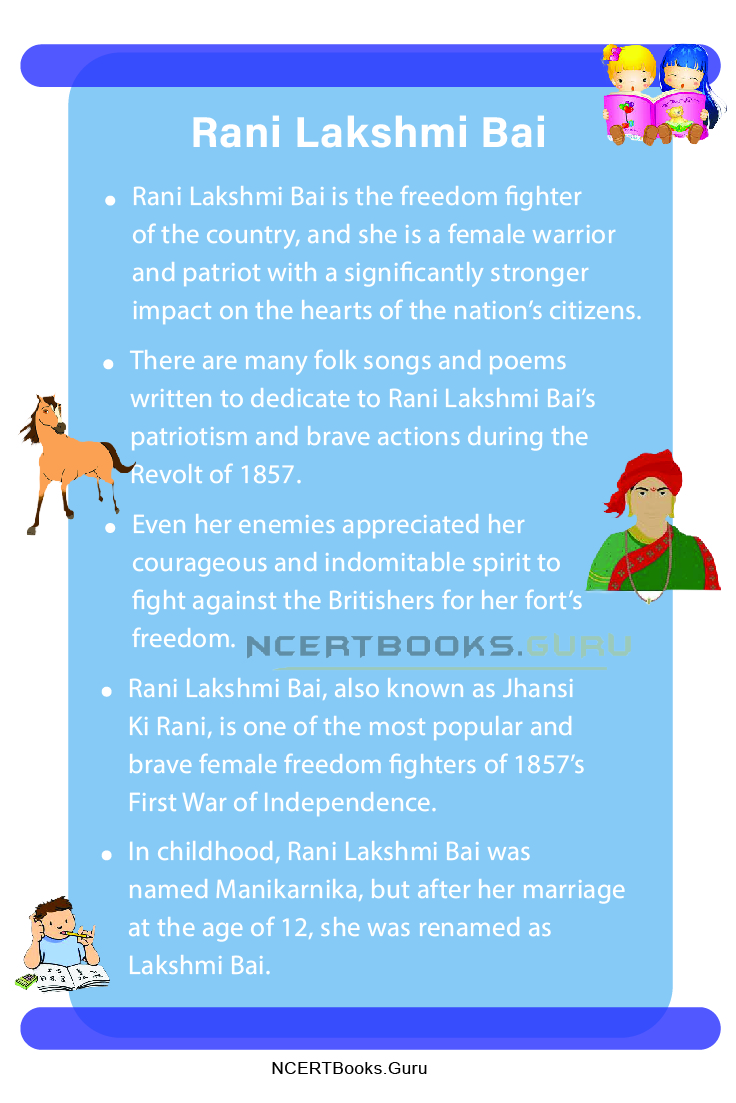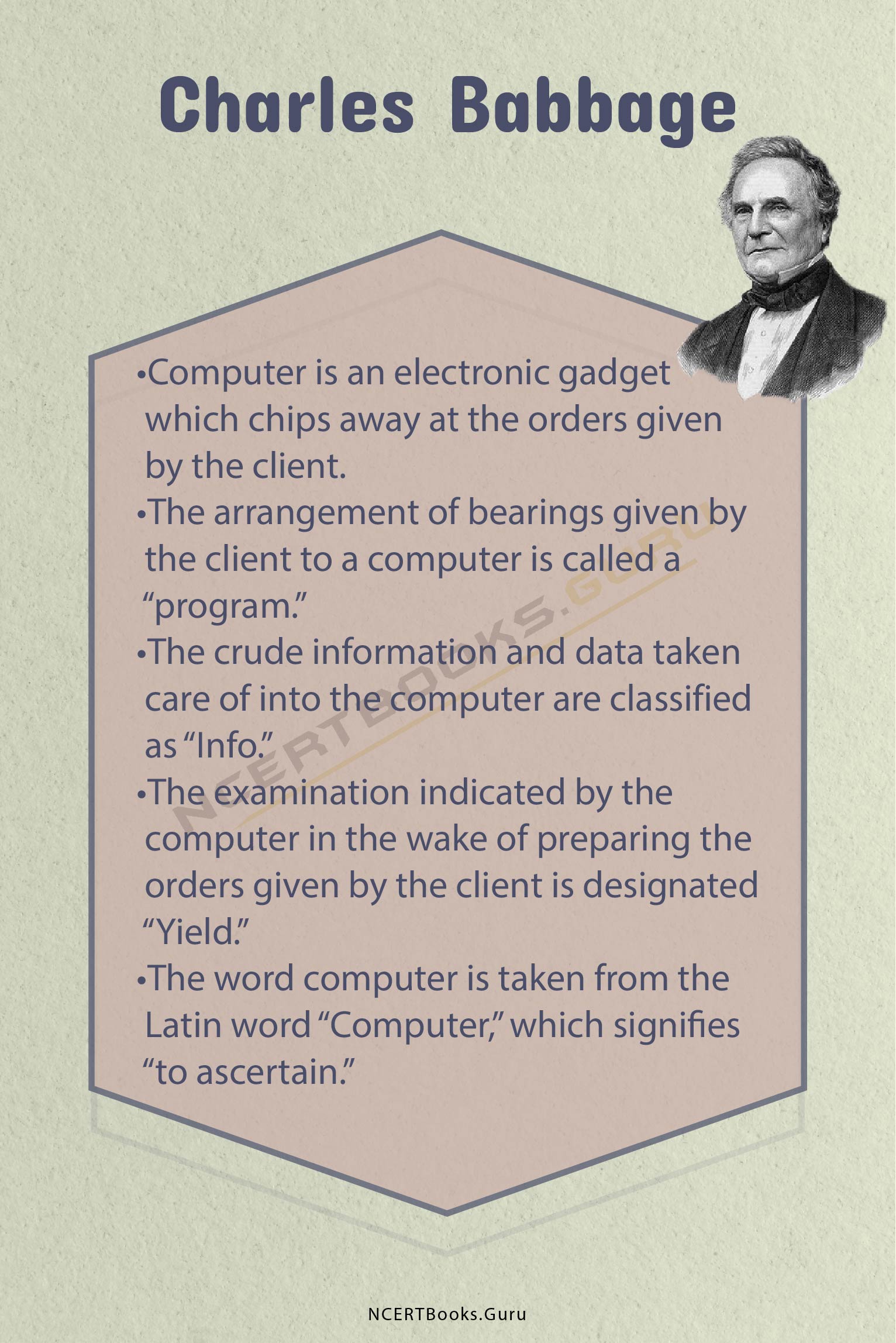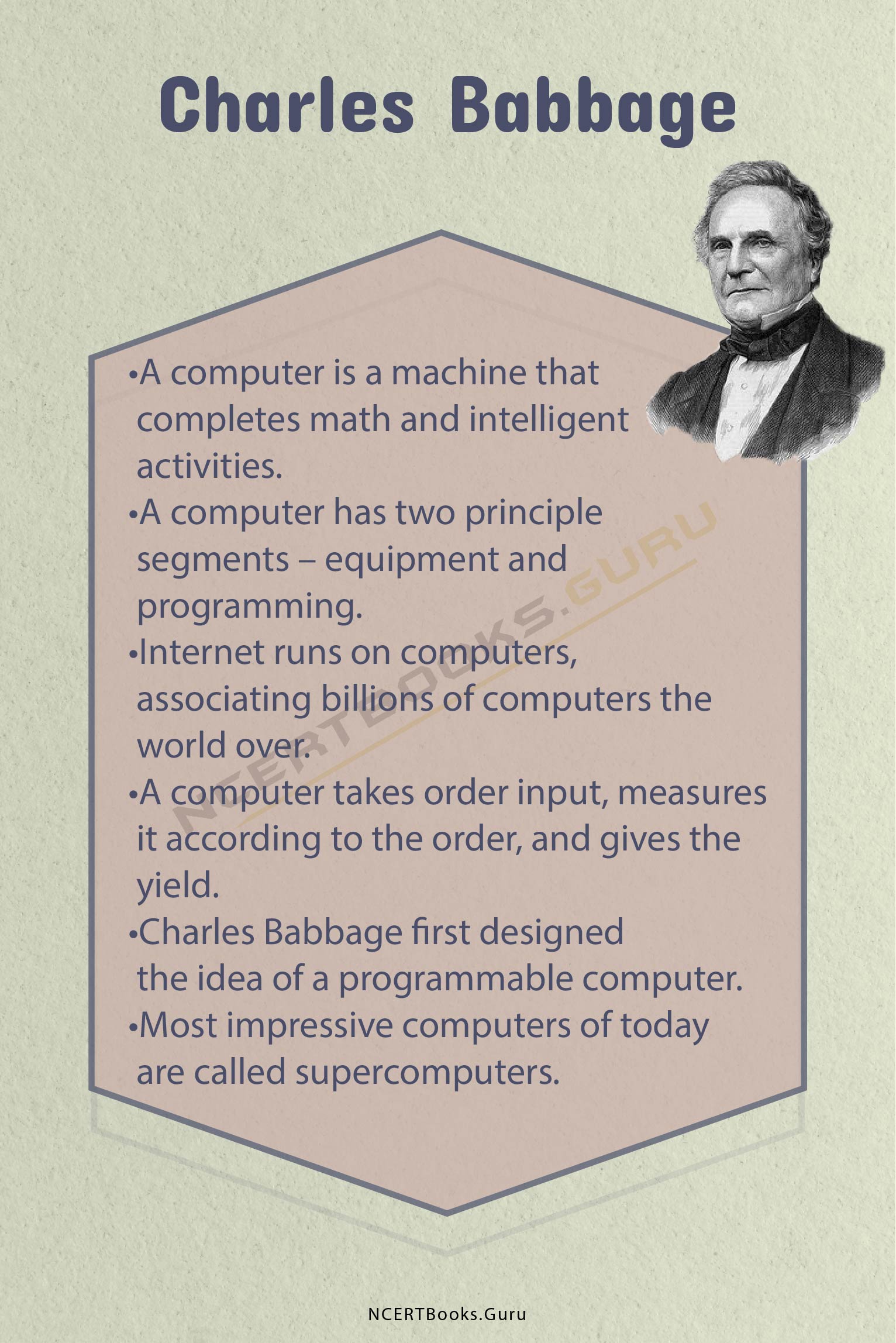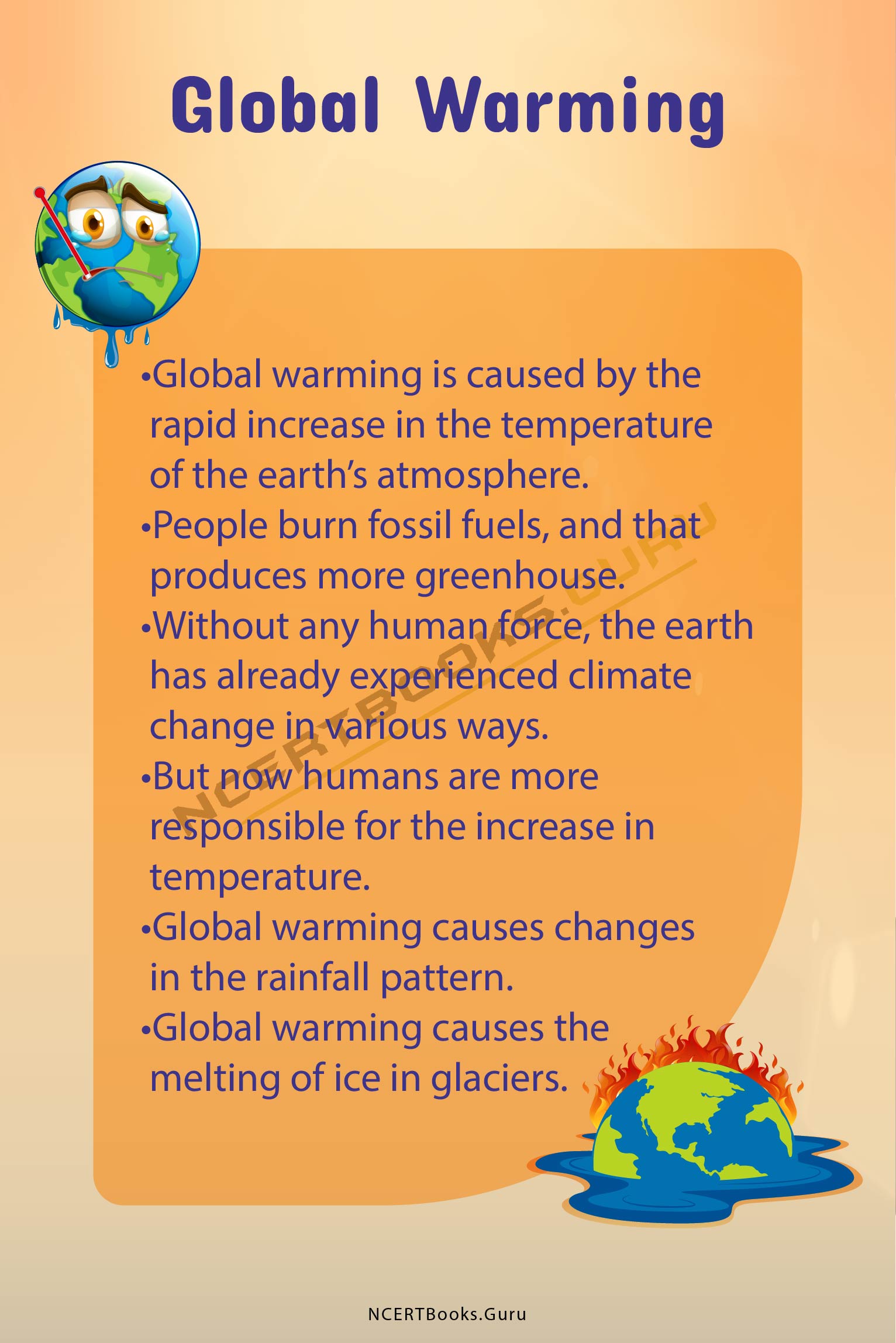10 Lines on Save Trees: Trees are one of the essential elements on the earth. It is one of the aspects that all living beings depend on for their lifeline. All the animals and human beings are dependents on trees for their livelihood.
The importance of saving trees is increasing every year. People all around the world are cutting down more trees than they are planting. Forests are being cleared out for fulfilling the wants of human beings.
Cutting down of trees is damaging the environment and the ecosystem of the earth. One of the best ways to start protecting the environment is to spread awareness of protecting the world. It is essential to take out processions, rallies and campaigns on the importance of saving trees.
Enhance your vocabulary and writing skills with 10 Lines Essays available. Spark up the creativity in you and access various Topics on 10 Lines all in one place.
Set 1 – 10 Lines on Save Trees for kids
The following set of 10 lines on save trees will help children or the student of classes 1, 2, 3, 4 and 5.
- The slogan used to spread awareness and motivate people to protect the trees is “Save Tree”.
- Trees as essential for us to survive as food and water.
- If there are no trees on earth, we will not exist, so we should protect the trees.
- Trees intake all the carbon dioxide we produce and generate oxygen for us to breathe.
- Better rainfall and prevention of soil erosion against floods are two of the many advantages of trees.
- Trees provide us with wood, medicines, habitat for birds and shelters for animals in the forests.
- Trees contain a whole support ecosystem by themselves and support various forms of life.
- Save trees is a campaign that spreads awareness about the importance of trees in our lives.
- Reforestation and tree planting are two of the main activities promoted in the movements, processions and rallies.
- People gather in huge crowds and support “Save Trees” campaigns and request people to plant trees in their surroundings.
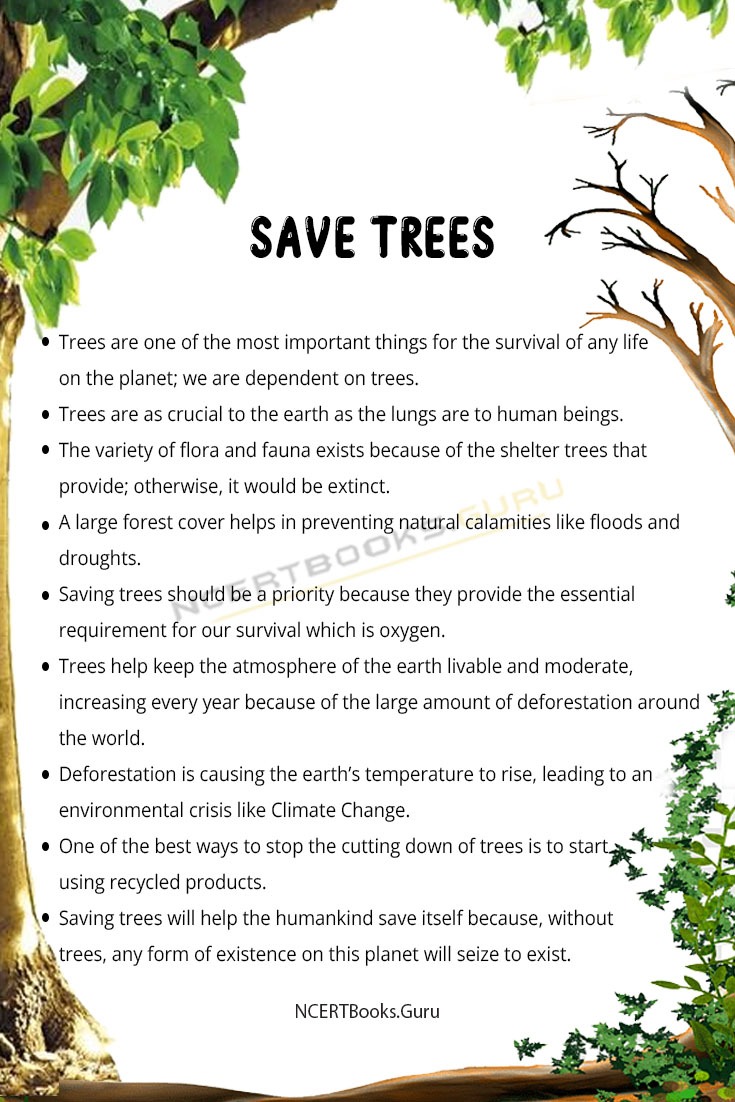
Set 2 – 10 Lines on Save Trees for School Children
The following set of 10 lines on save trees will be useful for middle school students in classes 6, 7, 8, and 9.
- Trees are one of nature’s most significant and most precious gifts given to humanity and is known as “green gold”.
- Trees absorb all the carbon dioxide from the air and release oxygen which is one of the most important things for the existence of life.
- They are one of the sources of livelihoods for many people because they depend on trees for woods, medicines and many other things.
- One of the most significant rains sources is trees, and they help avoid soil erosion during floods.
- The increase in the deforestation of the planet makes the environment of the earth toxic, leading to various ecological threats to the planet.
- Absence of trees will lead to uncertainty of rain which will cause floods in some places and drought in other areas.
- Some of the significant effects of deforestation are Climate Change, Global Warming and pollution.
- One of the best ways of preventing deforestation is to stop cutting trees and charging fines to people who cut trees.
- Constructions which will lead to unnecessary cutting down of trees should be avoided.
- If there is any illegal cutting of trees, it should be immediately reported to the authority concerned.
Set 3 – 10 Lines on Save Trees for Higher Class Students
The following set of 10 lines on Save Trees is for students of the senior school as it will be helpful and useful for them. Students of classes 10, 11 and 12 can refer to the ten lines on Save Trees below.
- Trees are one of the most important things for the survival of any life on the planet; we are dependent on trees.
- Trees are as crucial to the earth as the lungs are to human beings.
- The variety of flora and fauna exists because of the shelter trees that provide; otherwise, it would be extinct.
- A large forest cover helps in preventing natural calamities like floods and droughts.
- Saving trees should be a priority because they provide the essential requirement for our survival which is oxygen.
- Trees help keep the atmosphere of the earth livable and moderate, increasing every year because of the large amount of deforestation around the world.
- Deforestation is causing the earth’s temperature to rise, leading to an environmental crisis like Climate Change.
- One of the best ways to stop the cutting down of trees is to start using recycled products.
- Saving trees will help humankind save itself because, without trees, any form of existence on this planet will seize to exist.
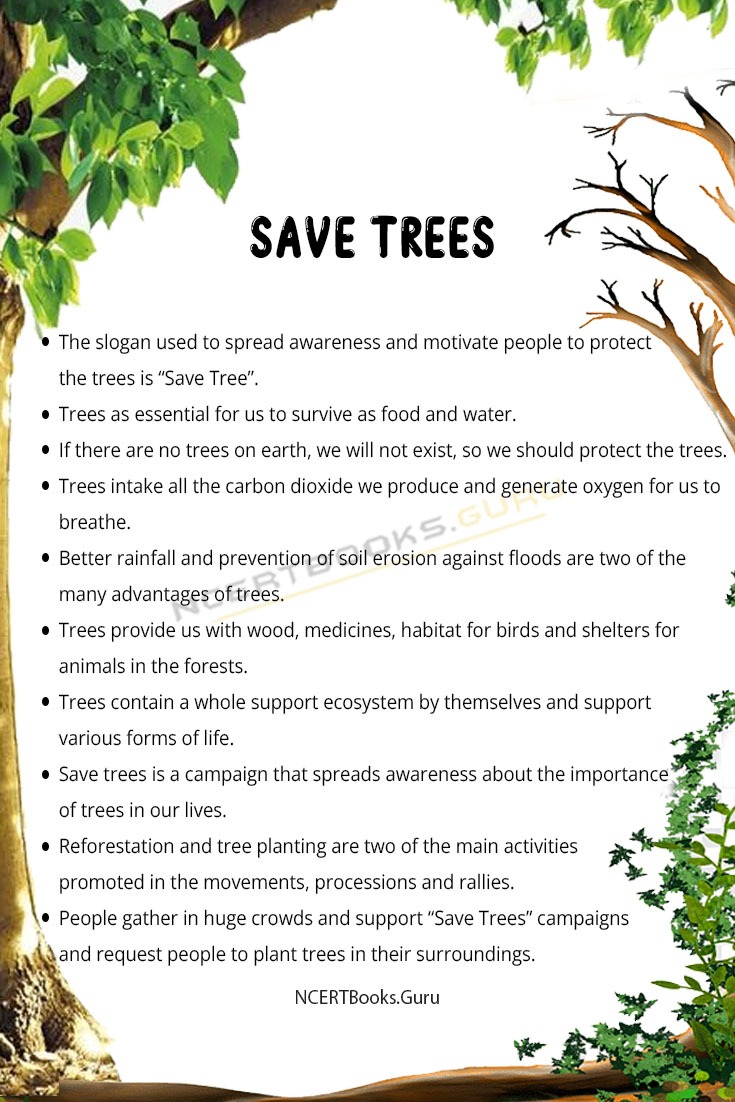
Frequently Asked Questions on Save Trees
Question 1.
What is the “Save Trees” movement?
Answer:
The “Save Trees” movement which aims at spreading awareness about protecting trees from being cut down. People gather in large crowds to support this movement and stop the cutting of trees. Another focus of this movement is to request people to plant trees.
Question 2.
What is deforestation?
Answer:
Deforestation refers to a process of cutting down of trees and not replacing them. The most reason for deforestation is to fulfil the wants and desires of humans. Deforestation is the cause of factors like loss of habitat, global warming and climate change.
Question 3.
State the meaning of Climate Change?
Answer:
Climate Change refers to a change in the average temperature of the earth. The temperature of the planet has been rising for many decades. It is the alteration of the planet’s average temperature, which is causing harmful effects on the earth.
Question 4.
What is Reforestation?
Answer:
Reforestation is the process of replanting of forest areas which have been destroyed by the acts of humankind. This process is for places where the forests lose their ability to regenerate due to trees in their surroundings.
